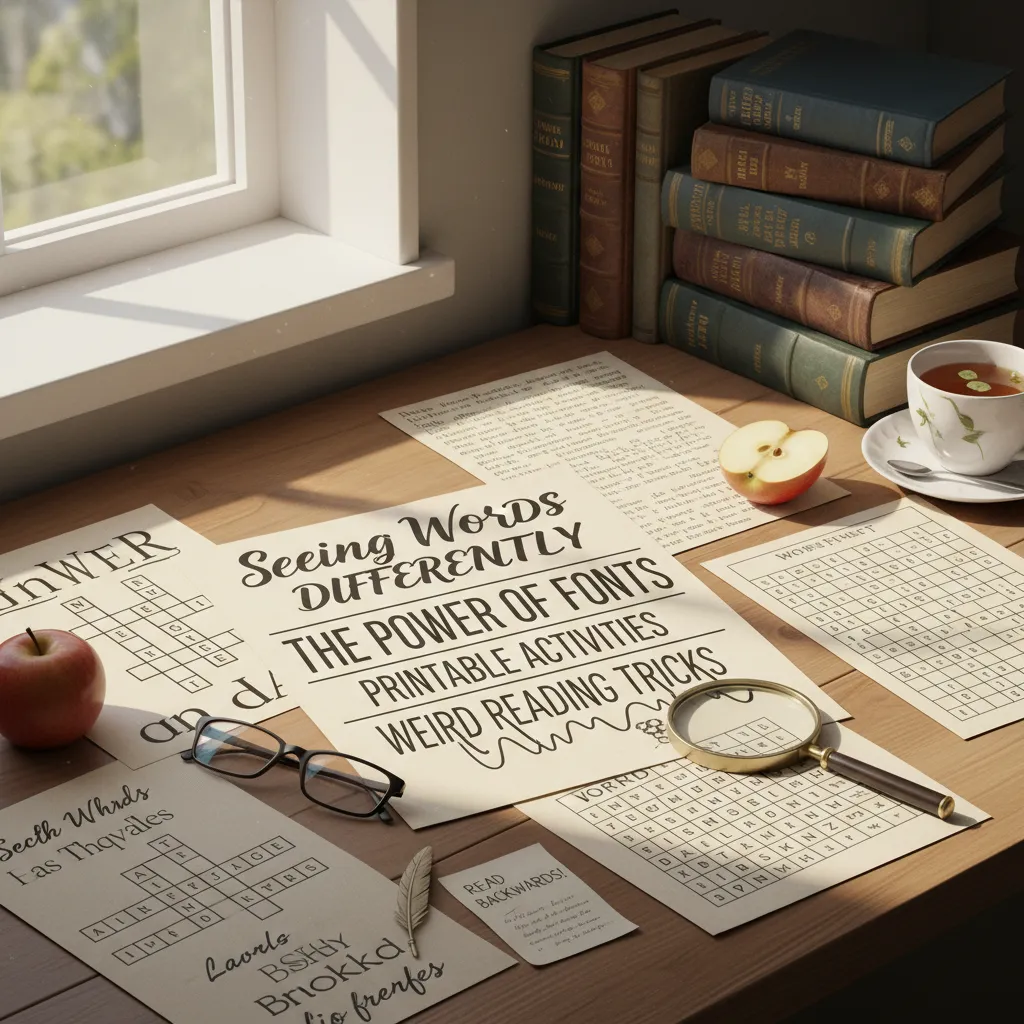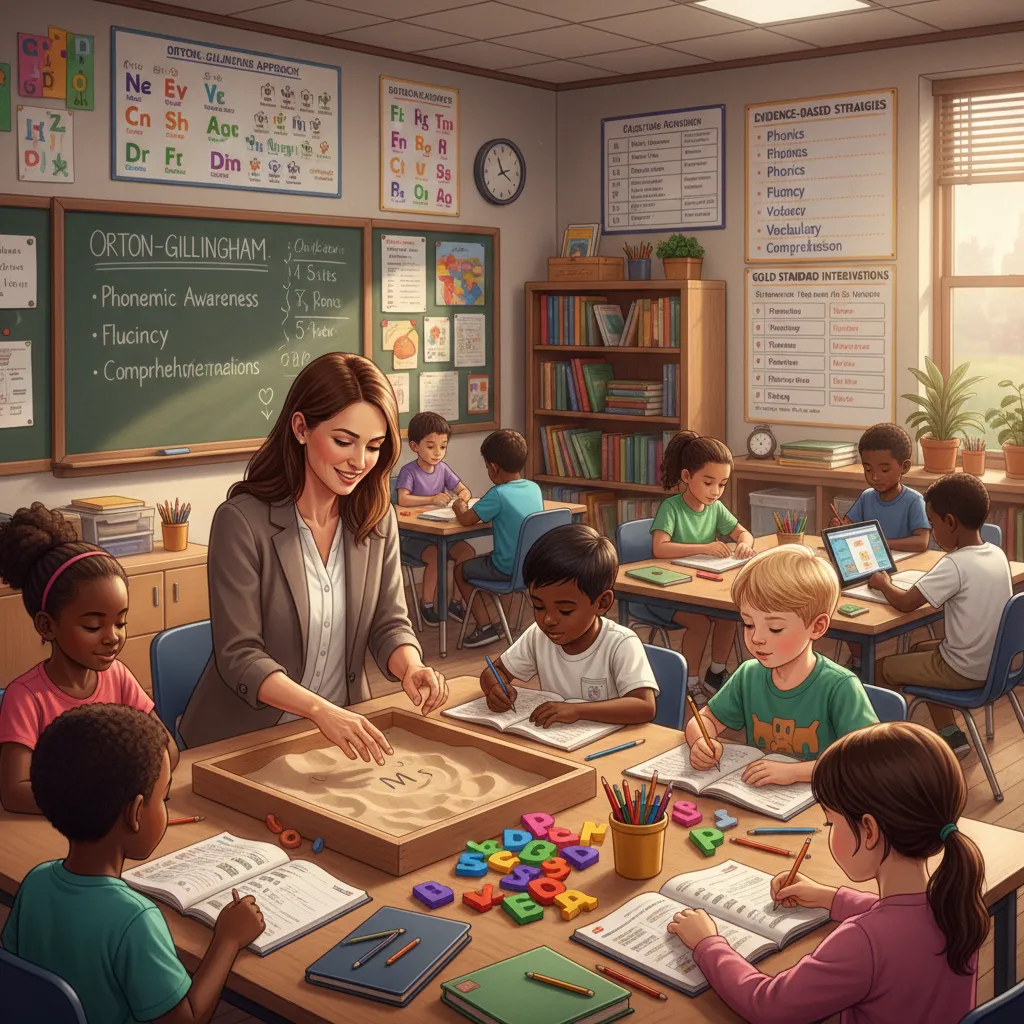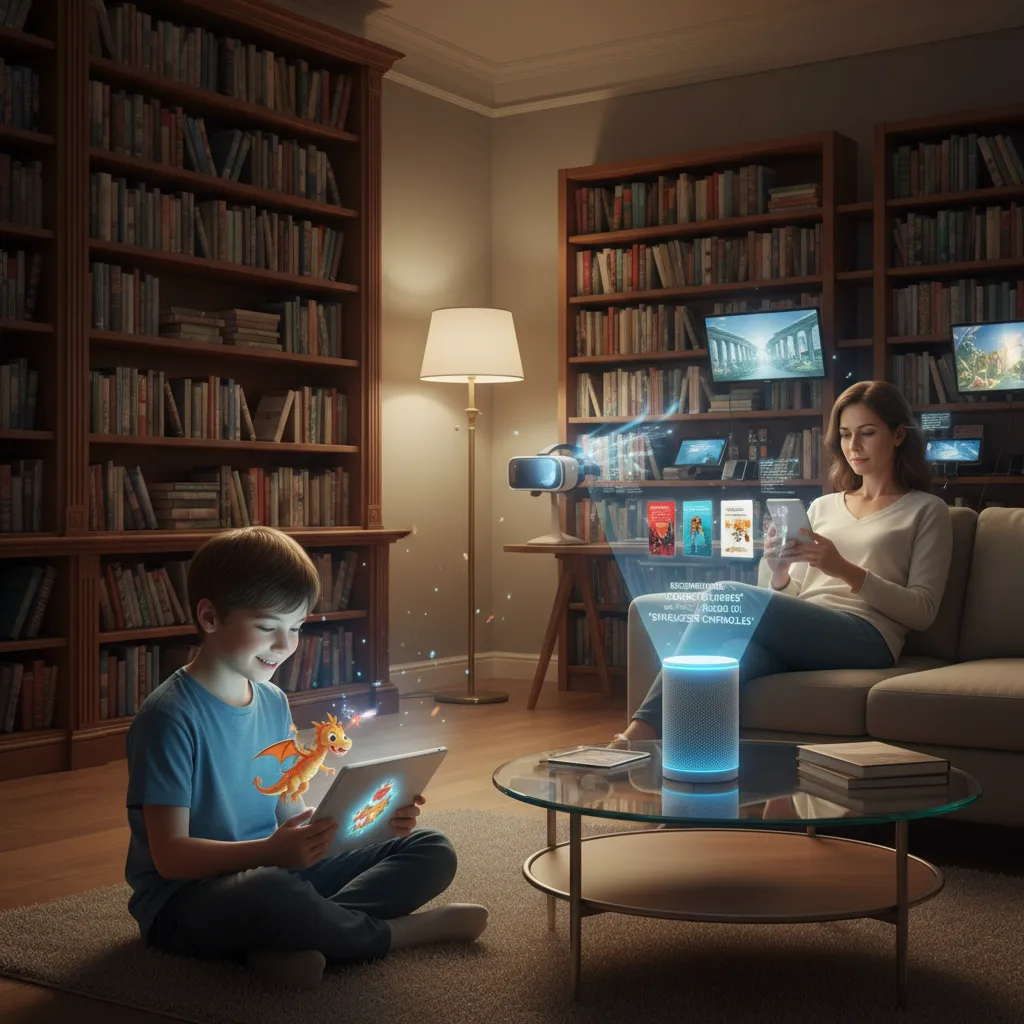Let me take you back to the first time I ever read a book with a child who saw words almost like trickster spirits, flipping letters and vanishing lines with every blink. That’s how my cousin, Max, once described his own reading journey—and that started my quest for the best, most creative ways to support kids with dyslexia. Turns out, science, technology, and old-school creativity can combine to help kids like Max not just keep up with reading but actually love it. This blog is my unconventional toolbox, packed with ideas that are research-backed, a little quirky, and completely real-world tested—even if one or two come from a midnight brainstorming session fuelled by too much coffee.
When I first started working with dyslexic readers, I quickly realized that the way words look on a page can make all the difference. For some kids, a simple change in font or a hands-on activity can turn reading from a daily struggle into something they actually look forward to. Let’s dive into some of the most relatable—and surprisingly effective—tools I’ve used to help students crack the reading code.
One of the first things I recommend to parents and teachers is to try out dyslexia-friendly fonts, like OpenDyslexic or Dyslexie. These fonts are specially designed with heavier bottoms and unique shapes, which help prevent letters from flipping or crowding together. Research shows that dyslexia fonts can improve reading fluency and reduce visual fatigue, especially for struggling readers who often feel overwhelmed by standard text.
“The right font can make reading look possible for a child who thought it never would be.” – Dr. Elle Matthews
When I switched one of my student’s worksheets to OpenDyslexic, she actually smiled and said, “Hey, these letters don’t dance around anymore!” It was a small change, but it gave her the confidence to keep trying. That’s the real power of dyslexia fonts—they make reading feel possible.
Another game-changer for my students has been printable dyslexia activities. Worksheets and games that you can touch, move, and manipulate are perfect for reinforcing phonics and decoding strategies for struggling readers. Here are some of my favorites:
These printable activities encourage multisensory learning—seeing, touching, and hearing—which is at the heart of evidence-based methods like Orton-Gillingham. Plus, hands-on games keep boredom at bay and make learning feel more like play.
Every student is different, and sometimes the quirkiest tools are the most effective. I’ll never forget the day I handed one of my students a blue colored overlay to place over her reading page. She giggled and said, “It’s like reading underwater!” But then, she read more smoothly than ever before. For some kids, colored overlays, line guides, or even reading on a slant can reduce visual stress and help them focus on decoding strategies.
Here’s what I’ve learned: Don’t be afraid to experiment. Whether it’s a new font, a printable game, or a silly trick with colored paper, these tools can unlock reading for students who just need to see words a little differently.

When it comes to reading interventions for dyslexia students, there’s one approach I always come back to: Orton-Gillingham. It’s not just a method—it’s a mindset. Imagine turning phonics instruction into an interactive game, almost like a detective novel. Kids become codebreakers, searching for clues in words, and we get to play the role of their trusty sidekick. As literacy tutor Rachel Leland puts it:
“Teaching phonics is like inviting students on a detective mission—they have to piece the clues together, and we’re their Watson.”
Orton-Gillingham teaching strategies are built on a simple idea: structure matters. Each lesson is carefully sequenced, so students aren’t left guessing. They learn one rule at a time, practicing it until it sticks. This approach is especially powerful for dyslexic learners, who often need explicit, step-by-step instruction.
One of the biggest breakthroughs for me was discovering how multisensory phonics resources can transform learning. Instead of just reading or listening, students hear the sound, see the letter, and do something with their hands—all at once. Here are some examples that really stick:
This “hear it, see it, do it” approach is more than just fun—it’s essential for building strong neural pathways. Research shows that multisensory engagement helps dyslexic students retain what they learn and apply it to new reading challenges.
In 2025, there’s a lot of buzz about new reading programs and apps. But not all interventions are created equal. When we talk about evidence-based reading methods, we mean strategies that have been tested in real classrooms, with real kids, and have shown consistent results. Orton-Gillingham and multisensory phonics aren’t just the latest fad—they’re backed by decades of research.
For teachers, tutors, and parents, sticking with evidence-based reading interventions for dyslexia students means you’re using your time and energy where it counts. These tools don’t just promise results—they deliver them, year after year.

If you’d told me a few years ago that my phone, tablet, or even my kid’s favorite game console would become a lifeline for struggling readers, I might have raised an eyebrow. But here we are in 2025, and assistive technology for dyslexia is not just a buzzword—it’s a game-changer for families, teachers, and kids alike.
Let’s start with the basics. Tools like screen readers and text-to-speech apps have been around for a while, but they’re getting smarter and easier to use every year. Now, my son can snap a photo of his homework and have it read aloud in a voice that actually sounds friendly—not robotic. For many dyslexic readers, these tools mean the difference between dreading a reading assignment and tackling it with confidence.
And it’s not just for kids—grown-ups with dyslexia are using these same apps at work and home, finding new independence in everything from reading emails to enjoying novels.
Here’s where things get really interesting. The latest wave of AI-powered dyslexia diagnosis tools is changing the game for early intervention. Instead of waiting for a child to fall behind, these apps can spot signs of dyslexia in kindergarteners—sometimes just by analyzing how they tap, swipe, or pronounce words in a reading game. Dyslexia early identification is now faster, more accurate, and available to more families than ever before.
But with these advances come new questions. Who owns the data from these assessments? How do we make sure AI is fair and unbiased? These are the ethical puzzles nobody saw coming, and as a parent, I’m watching closely.
Let’s imagine for a second: What if Max’s first chapter book was read aloud by an AI using his favorite superhero’s voice? Suddenly, reading isn’t just a chore—it’s an adventure. This isn’t science fiction anymore. Some apps now let kids choose the narrator’s voice, add sound effects, or even turn stories into interactive games. For many families, these resources for parents of dyslexic children are unlocking a love of reading that felt out of reach before.
“If we teach today as we taught yesterday, we rob our children of tomorrow.” – John Dewey
From assistive technology for dyslexia to AI-driven screening, tech is opening doors for dyslexic readers of all ages. Sometimes, the most surprising trick isn’t a new method—it’s the right tool, at the right time, in the right hands.

As I reflect on everything we’ve explored about reading interventions for dyslexia students, one thing stands out above all: there’s no single magic solution. The most effective teaching methods for dyslexic learners are like a patchwork quilt—stitched together from many different pieces, each chosen for the unique needs of the child in front of us. Whether you’re a teacher, tutor, or parent, you’re not just following a set of dyslexia intervention guidelines; you’re building a toolkit that’s as individual as the learner you support.
I’ve seen firsthand how combining evidence-based strategies—like Orton-Gillingham or multisensory phonics—with creative tools such as dyslexia-friendly fonts, printable activities, and assistive technology can make a world of difference. Sometimes, it’s the quirky, unexpected trick (like a color overlay or a text-to-speech app) that finally unlocks a breakthrough. Other times, it’s the tried-and-true methods, practiced with patience and care, that help a struggling reader gain confidence. The research is clear: customizing interventions to each learner yields the best outcomes. As Sonia Patel, a special educator, wisely puts it:
“Every child’s reading toolkit should be as unique as their fingerprint.”
That’s why I encourage you not to discard any tool—whether it’s new, old, high-tech, or hands-on. Blending approaches is key. If one strategy doesn’t work, try another, or even better, try combining them. For example, pairing a dyslexia font with a multisensory activity and a speech-to-text tool can be more powerful than any single method alone. This patchwork approach is not just practical; it’s essential for honoring each child’s strengths and challenges.
Let’s imagine for a moment: what would a ‘reading superhero kit’ look like in 2025? I picture a backpack filled with tactile letter tiles, a tablet loaded with customizable reading apps, a set of colored overlays, a notebook with wide-ruled lines, and maybe even a pair of noise-canceling headphones. But here’s the wild card—no two kits would look exactly the same. One child might need more visual support, another might thrive with audio tools, and a third might benefit most from movement-based games. That’s the beauty of a patchwork approach: it’s endlessly adaptable.
At the end of the day, teachers, tutors, and parents are partners in this journey. We’re all learning, experimenting, and growing alongside our students. By blending evidence-based, creative, and technological tools, we can open doors for dyslexic readers that once seemed closed. So, keep exploring, keep mixing and matching, and remember—success is often a blend of the quirky, the new, and the time-tested. Every child deserves a reading toolkit that’s made just for them.
TL;DR: You don’t need a magic wand to help children with dyslexia thrive—just the right mix of proven strategies, supportive tech, and a willingness to try something a little different.